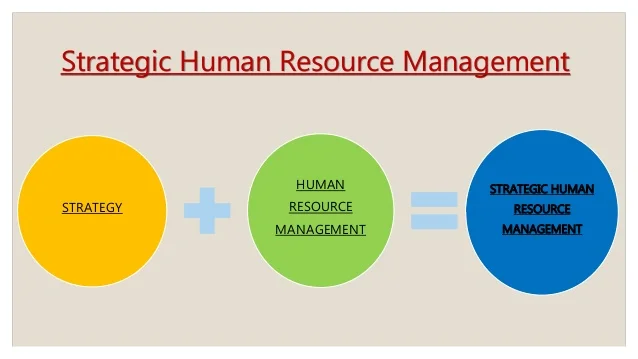So, an enterprise may have no formal strategy document and yet still have a de facto emergent strategy. Or it may even be that an enterprise has a formal and lengthy strategy document which is largely ignored in practice while a different de facto strategy is pursued.
A de facto strategy which has been built up incrementally and found to ‘work’ (in the sense that the organisation has proved to be sustainable and no major chronic problems are occurring) may add up to a coherent strategy But not all ad hoc approaches have such optimal outcomes. ‘Ad hocery’ may result in a lack of forethought, inconsistencies, short-term thinking, and waste and can be very costly and lead to an uncompetitive position (e.g., paying redundancies as a reaction to the economic downturn and then facing recruitment difficulties and training costs when the upturn occurs). The word ‘rudderless’ is sometimes used to describe this kind of drift and lack of direction. Hence, this particular approach would be considered as non-strategic.
So, what would an approach to HR look like if it was not ad hoc, rudderless and reactive? The implied alternative is some kind of strategic approach – that is, one which:
- tries to build a big picture
- has a sense of direction of travel
- has some coherence and consistency
- has mutually reinforcing elements
Coherence is about fit and integration. In other words, it suggests that the parts or elements fit together smoothly rather than contradict each other or lean in different directions. A classic example of HR decisions which tend towards contradiction is where ‘team focus’ is urged and policies are put in place to promote that, but where the remuneration system is based on individual performance-related pay.
But, in addition to alignment and coherence, HR strategy design requires attention to contexts – that is, the inner and outer contexts as outlined in the previous unit.
The nature of the design, and the range of factors to be taken into account when attempting this design is a matter of some debate. The skill involved in making these decisions may be a matter of good judgement – an essential quality for a competent strategist in HR. Some analysts recommend an approach which amounts to a ‘design’ or ‘decision science’ (Boudreau and Ramstad 2009) with an associated emphasis on systematic concepts, frameworks and measurement, while others lean more towards an approach based on aspects of leadership and social intelligence.


